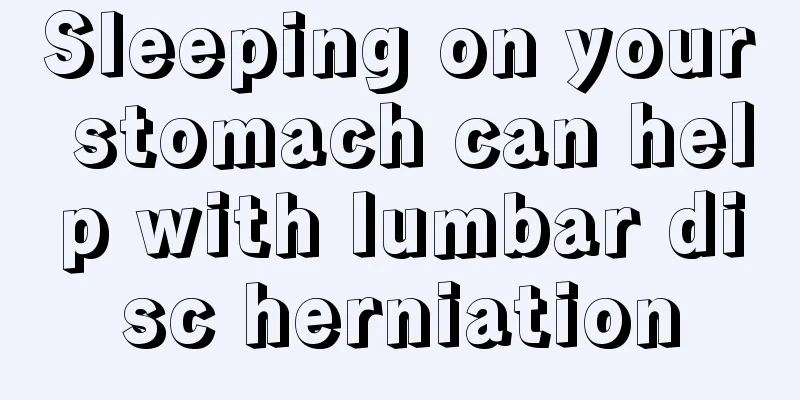How to open the hip joint

|
Modern people have a very rich leisure life, and many people choose fitness or yoga to maintain their bodies. Yoga can open up various parts of the body, including the hip joints, thereby improving physical condition and enhancing human temperament. However, yoga is a gradual process that needs to be learned and mastered slowly. So how can you open your hip joints through yoga? You can learn from the following methods. Lotus sitting is an advanced posture used in meditation, from which various deep variations related to it can be derived. However, if you force yourself to cross your legs into the lotus position, it is one of the most dangerous things in yoga practice. There are some techniques that can make lotus sitting safer to learn, such as Half Lotus Single Leg Stand Stretch and Bound Angle Pose, which can have an excellent effect on the hip joint and the muscles around the joint. Unfortunately, these poses can cause a stabbing pain on the inside of the knee. The question should start with the hip joints, because lotus position and its related poses require amazing flexibility in the hip joints. When you go from sitting with your legs extended forward to sati sana, you must rotate the rounded femoral head 100 degrees toward the medial femoral fossa as your legs move from extended forward to inward. In sikalpasana, bending the knee and positioning the leg requires less external rotation, but as you bend forward in this pose, the pelvis tilts toward the femur for an overall rotation of about 115 degrees. The degree of hip external rotation required in lotus position is basically the same (115 degrees), and the upper body is kept upright. It is different and therefore very difficult for many students. If you combine the lotus position with forward bends, such as in half lotus pose, the total external rotation of the hip joint should be around 145 degrees. If a student can achieve such a degree of external rotation at the hips (115 degrees) while in lotus position, he or she can safely cross one leg over the other without bending the knees sideways. Some people have naturally flexible hip joints, which makes this easy for them, but for the vast majority of people, the femur reaches its limit and cannot complete the rotation after a certain point. This limitation is generally due to relatively stiff muscles and/or ligaments and in some cases may be due to bone-on-bone restriction deep within the hip joint. When the femur can no longer rotate, if you still want to raise your calf higher (to cross your legs), you must bend your knee sideways. |
<<: The pros and cons of knee replacement
>>: Can stiff joints still be exercised?
Recommend
How to make milk steamed buns
Most of the steamed buns we eat are made of flour...
External hemorrhoid surgery process
Patients with external hemorrhoids basically need...
Family members need to pay attention to the care of patients with gallbladder cancer
The appearance of gallbladder cancer has brought ...
What to do if skin damage occurs during radiotherapy for lymphoma
My father is a lymphoma patient. He underwent rad...
What does HPV25 positive mean
There are many types of HPV viruses, and each typ...
What are the characteristics of skeletal muscle
I believe many people are familiar with the name ...
TCM Syndrome Differentiation and Treatment of Bladder Cancer
Bladder cancer belongs to the category of urinary...
Can washing with salt water make the whites of the eyes whiter? How to make the whites of the eyes whiter?
Clear and bright eyes are beautiful eyes that man...
How much sleep do teenagers get
We all know that the average person needs 7 to 8 ...
What to do if the face is exposed to wind
Facial windburn must be taken seriously and appro...
Treatment for spider bites
There are many kinds of spiders in the world, and...
What are the symptoms of laryngeal muscle spasm
Symptoms of pharyngeal muscle spasm are common in...
Which bad eating habits can lead to lung cancer? 4 eating habits that can easily lead to lung cancer should be changed
Although our country's medical technology has...
Differential diagnosis method of ovarian cancer
Ovarian cancer and breast cancer are both killers...
The efficacy and function of xylitol
Xylitol is a sweetener extracted from nature and ...









